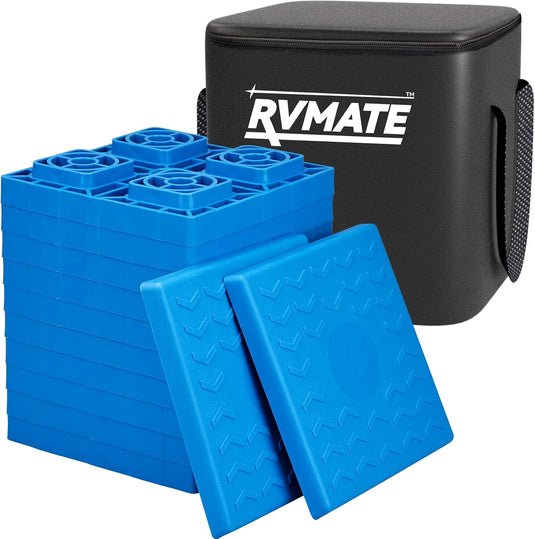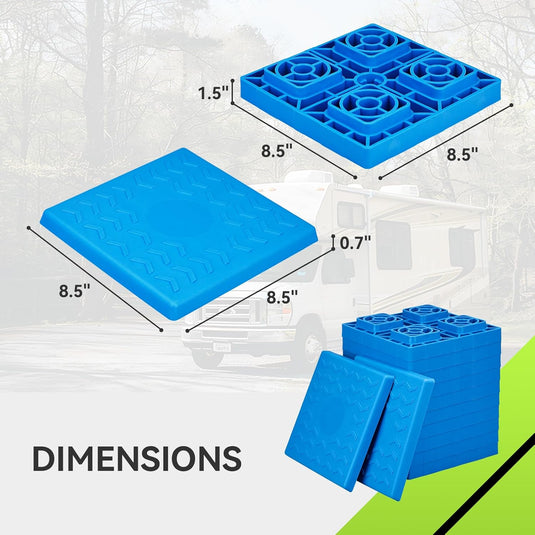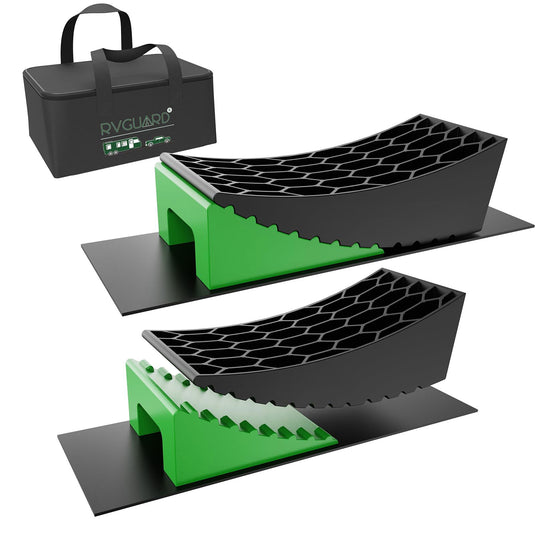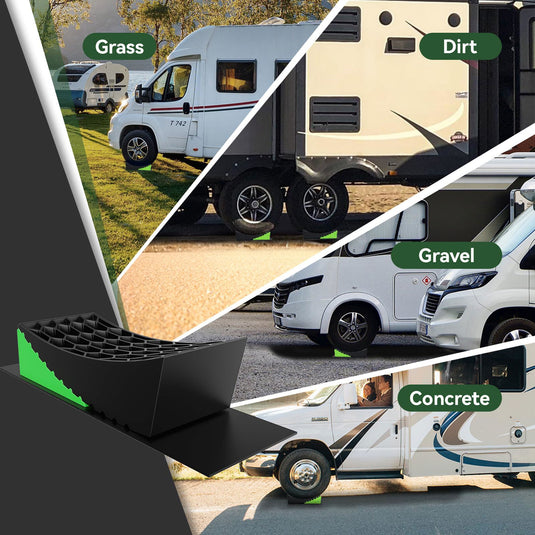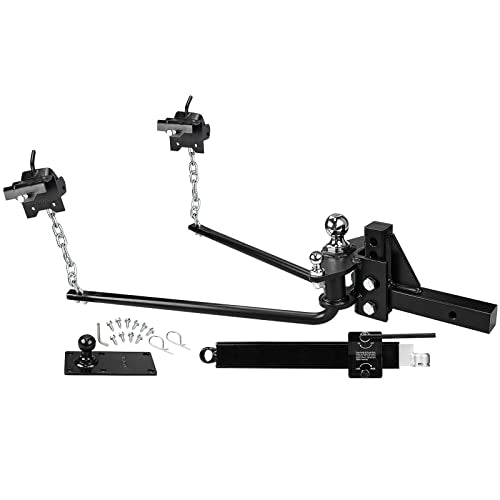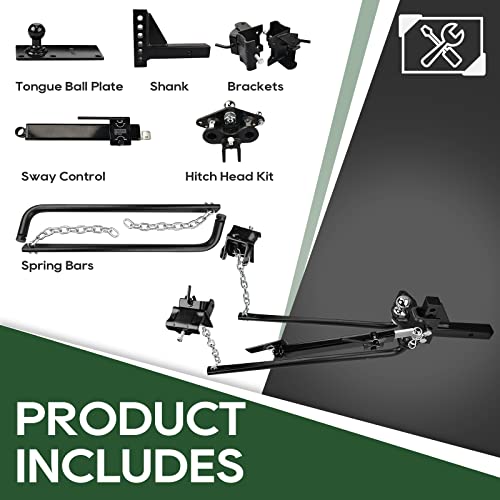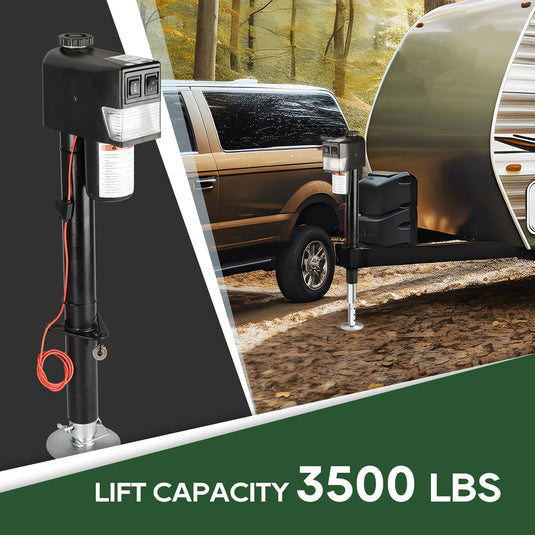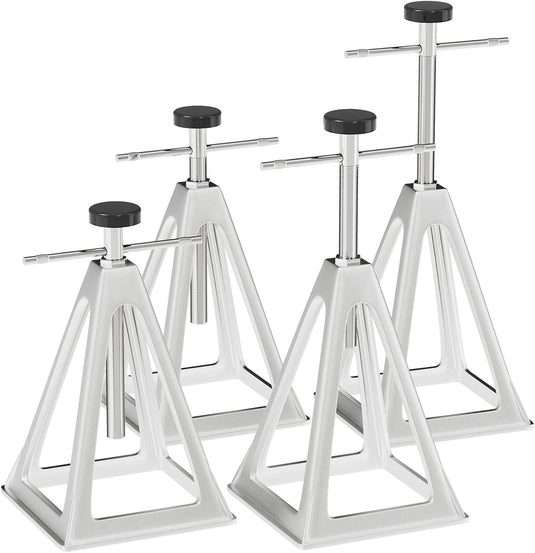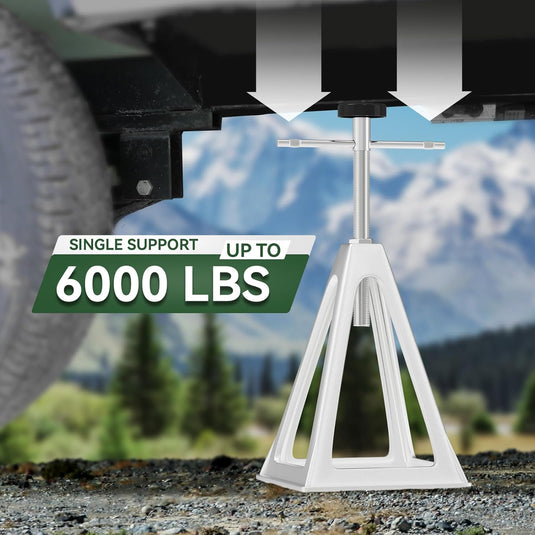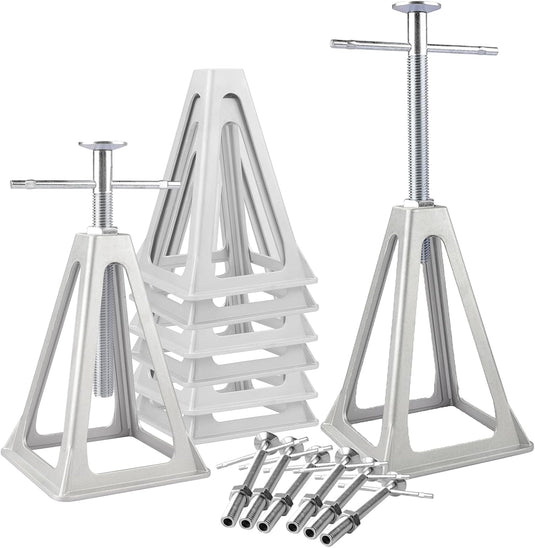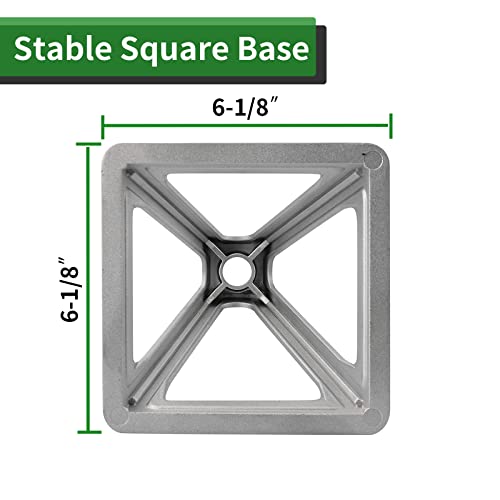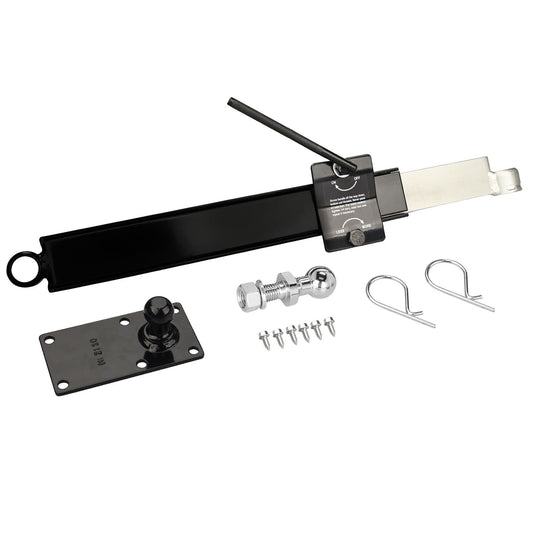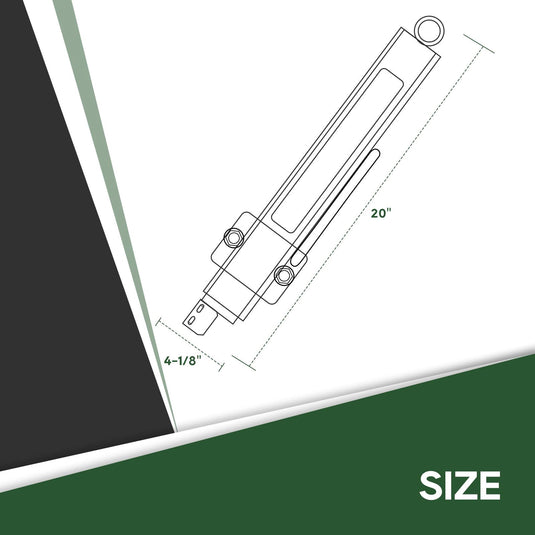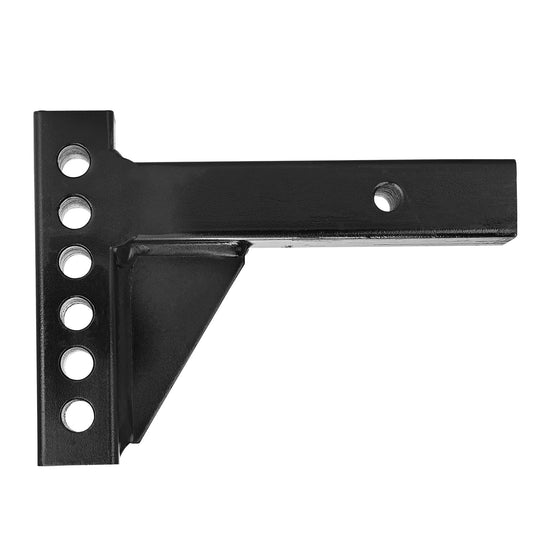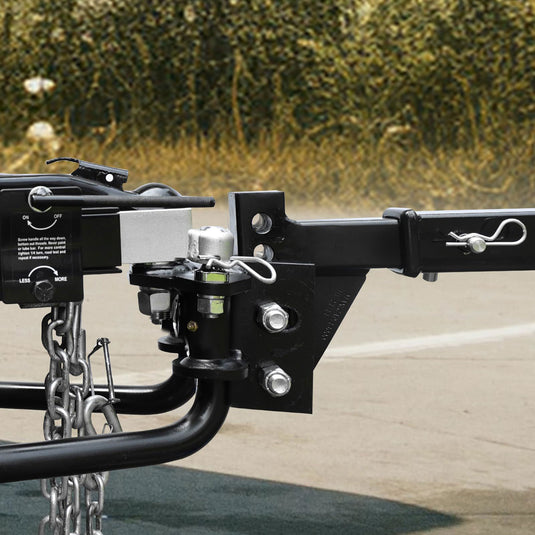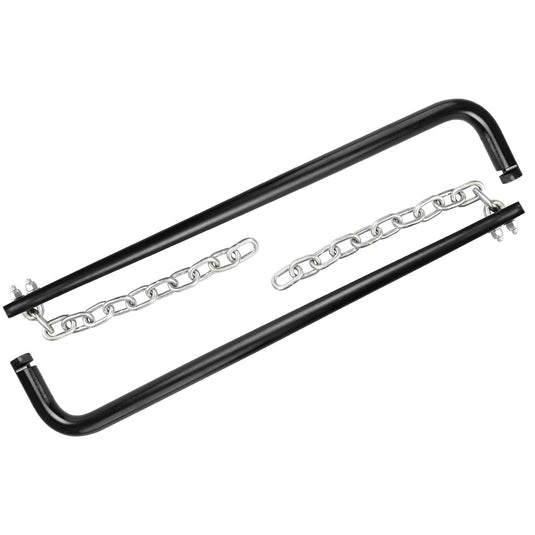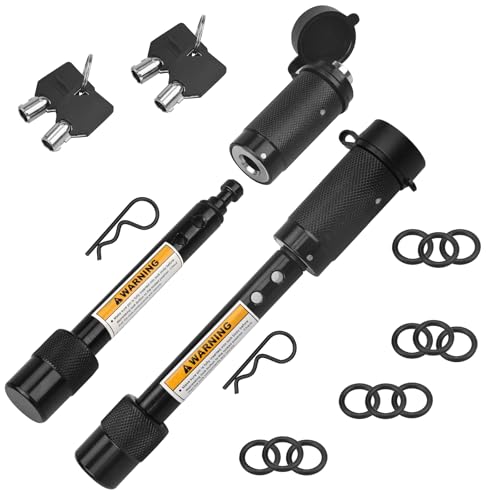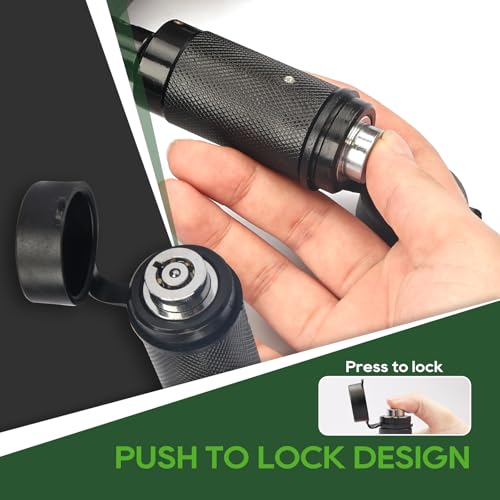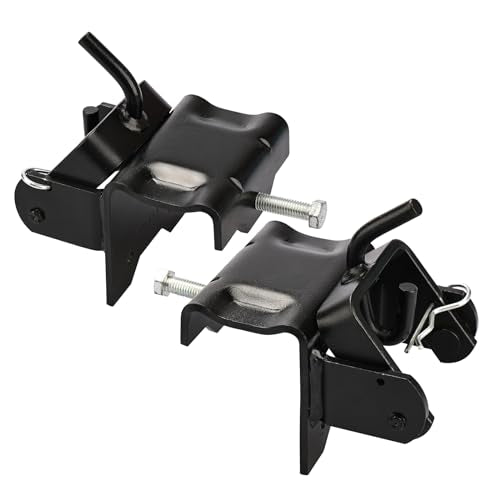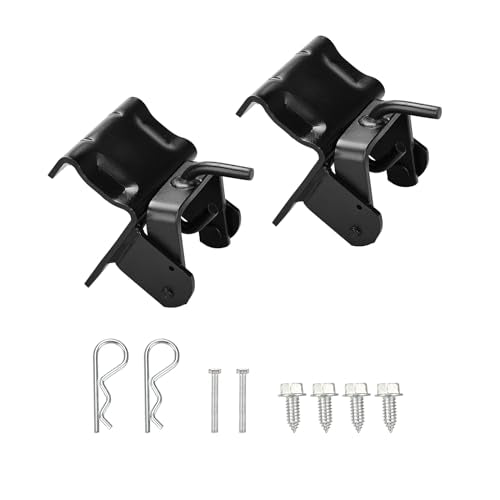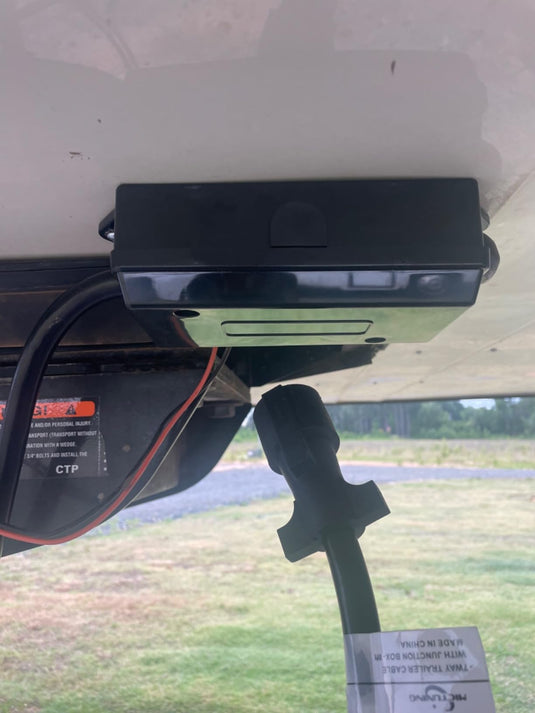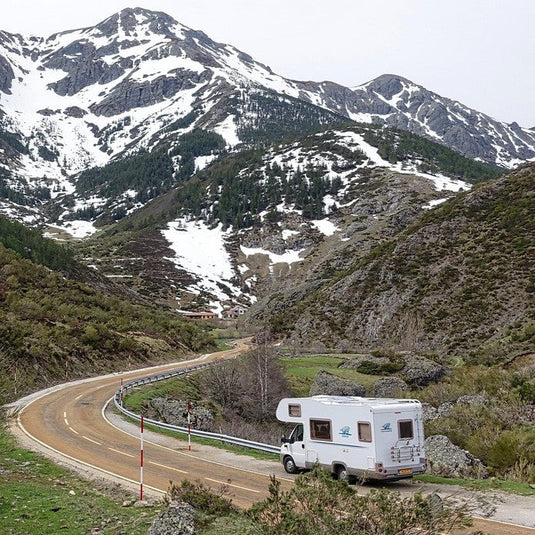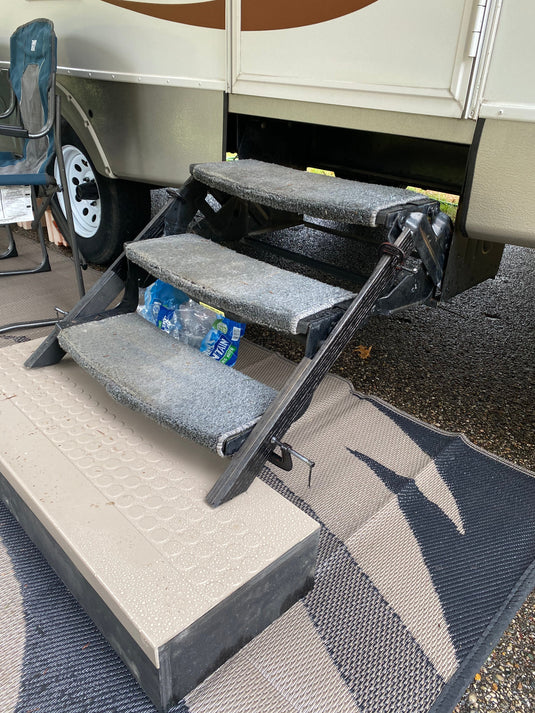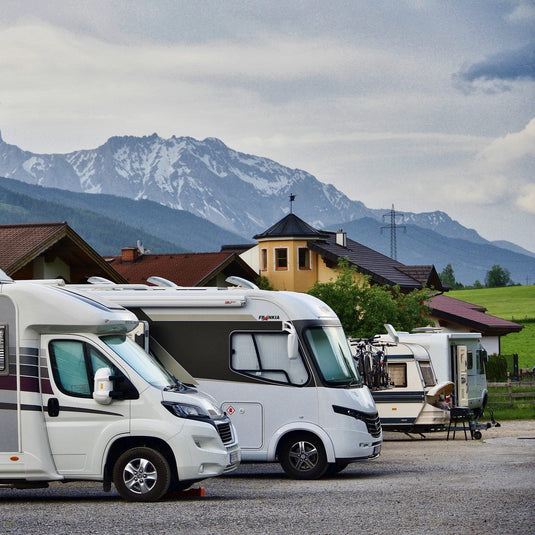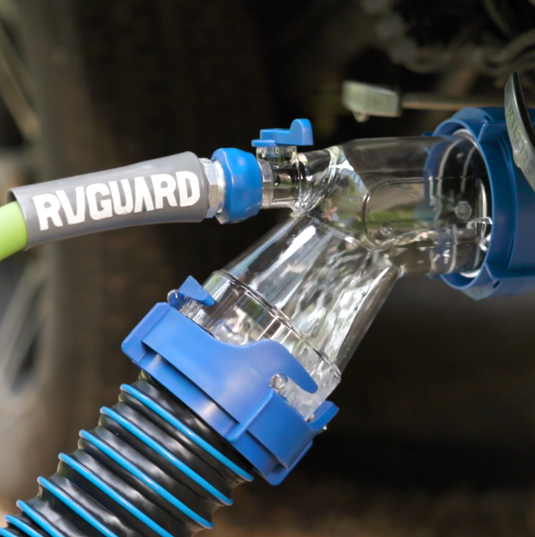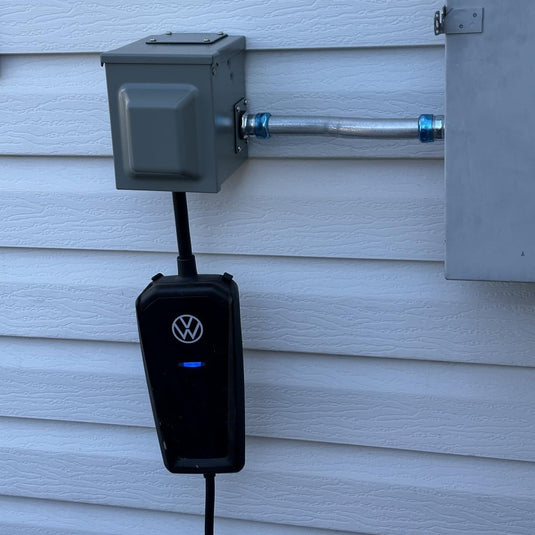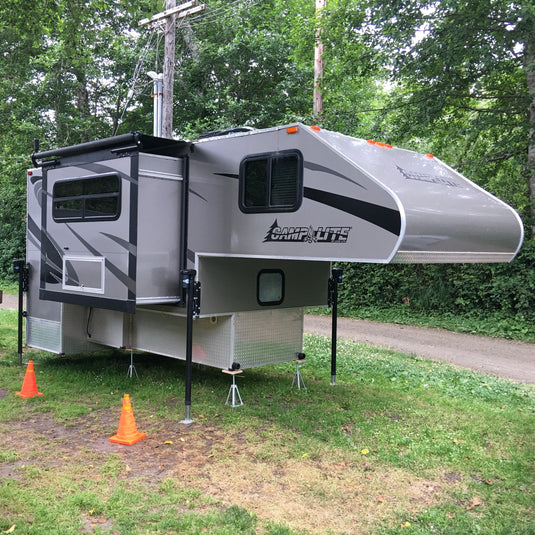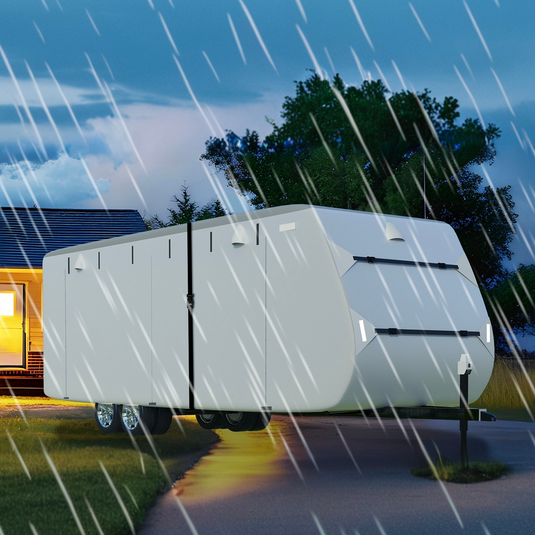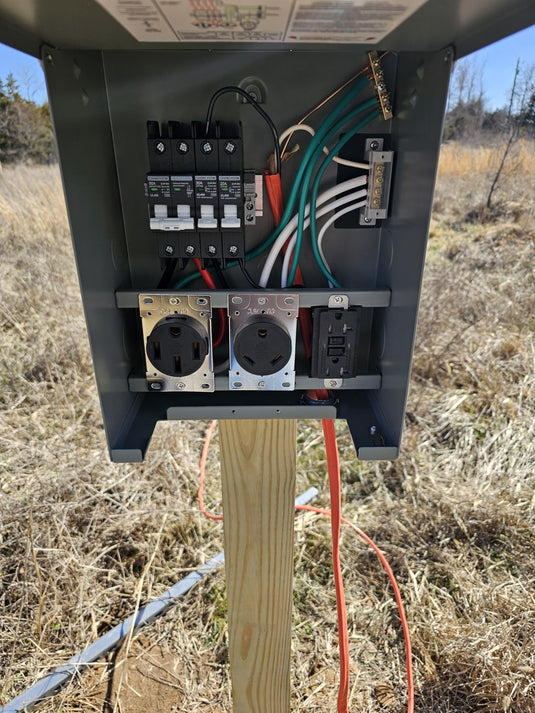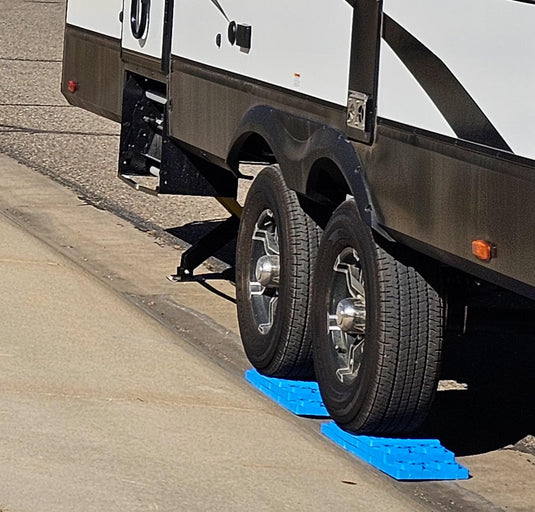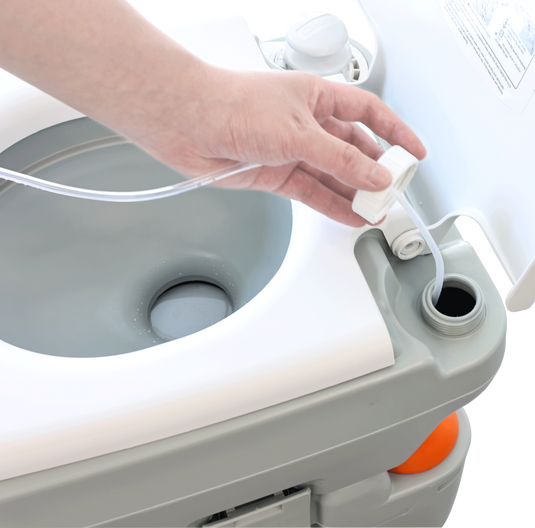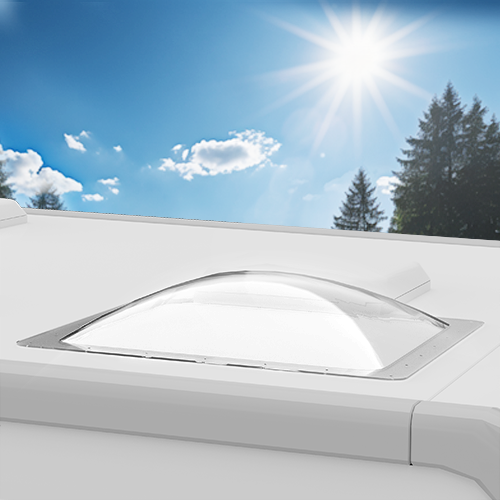If you've ever tried to enjoy a peaceful cup of coffee in your RV only to watch it slide across the table, or been woken up in the night because your partner simply rolled over, you already know the problem. It's not just annoying—it ruins the relaxing vibe you went camping to find.
The solution isn't a mystery; it's about understanding two critical concepts: Leveling and Stabilizing. This guide will break down the difference and show you how to combine the right tools for a rock-solid campsite.
Leveling vs. Stabilizing: What's the Difference?
Many RVers use these terms interchangeably, but they solve two different problems. This table shows the core differences:
| Leveling (Fixes Tilt) | Stabilizing (Fixes Sway) | |
|---|---|---|
| The Problem | Your RV is unlevel (side-to-side or front-to-back). | Your RV rocks and shakes when you move inside. |
| The Core Tool | RV Leveling Blocks (for tires) | Stabilizer Jacks (for the frame) |
| Why It Matters | A level RV ensures your fridge works, you sleep comfortably, and water drains properly. | A stable RV makes it feel like a real home, not a boat, preventing spills and noise. |
| Operation Sequence | First. Always level before stabilizing. | Second. Stabilize after the RV is perfectly level. |
Part 1: Leveling – Fixing the Tilt with RV Leveling Blocks
Leveling is your absolute first step. It's the process of making your RV perfectly horizontal using RV leveling blocks under the tires.
Why is it so crucial?
- Refrigerator Safety: Your RV fridge can be damaged if it operates while tilted.
- Sleep Comfort: No more feeling like you're rolling out of bed.
- Proper Drainage: Sinks and showers drain completely, preventing moisture and how to keep RV clean in storage issues.
The Tool: RVMATE Heavy Duty RV Leveling Blocks
Our blocks are engineered for safety and simplicity:
- Interlocking Design: They lock securely together, preventing dangerous slip-and-collapse incidents while you drive onto them.
- Reinforced Material: High-density construction supports even the heaviest rigs without cracking.
- Complete Kit: The 10+2 block system lets you build the exact height needed to level a travel trailer on any terrain.
How to Level Your RV: The basic process involves using a leveling app or tool, chocking one side, and then driving onto the stacked blocks until level.

Part 2: Stabilizing – Stopping the Sway with Stabilizer Jacks
Once level, it's time to stop the bounce. Stabilizing addresses the flex in your RV's suspension and frame. Stabilizer jacks provide additional contact points with the ground, dramatically reducing movement.
The Tool: Aluminum RV Stabilizer Jacks
Our stabilizing jacks are the perfect complement to your leveling blocks:
- Incredibly Strong, Surprisingly Light: Made from durable, anti-rust cast aluminum, each jack supports up to 6,000 lbs. Yet the whole 4-pack weighs under 40 lbs for easy portability.
- Height Adjustable (11" to 17"): Perfect for getting a secure fit on most RV frames.
- Critical Safety Note: These are stabilizer jacks only. Do not use them to lift your RV. They are designed to make contact and eliminate sway, not support the vehicle's weight.
How to Stabilize Your RV: After leveling, simply position a jack under each of the four main corners of your RV's frame. Crank the "T"-handle until the foot firmly contacts the ground and the jack begins to compress the suspension slightly. Stop once it's snug.

The RV Stability Setup Checklist
Follow this visual guide to perfect stability every time. Always remember: Level First, Stabilize Second.
- Secure & Chock: Pull the parking brake. Place RV wheel chocks tightly against the downhill-side tires.
- Level: Use your leveling blocks under the tires to achieve a perfectly level rig. Use a level app to confirm.
- Stabilize: Place your stabilizer jacks under the frame corners. Crank until snug (DO NOT lift the RV).
- Final Check: Walk inside and have a seat. The violent rocking should be gone, leaving only minimal, manageable movement.
Beyond the Campsite: Other Uses for Your Setup
This dynamic duo isn't just for weekend trips. They are essential for:
- Long-Term Storage: Keeping your RV level in storage ensures proper drainage and prevents moisture buildup, which is key to how to keep RV clean in storage.
- Safe Maintenance: Performing any work, like learning how to replace RV roof vent, is safer and easier when the vehicle is solid and stable.
Ready for a Rock-Solid RV Experience?
Understanding the difference between leveling and stabilizing is the first step. Investing in the right tools is the second.


